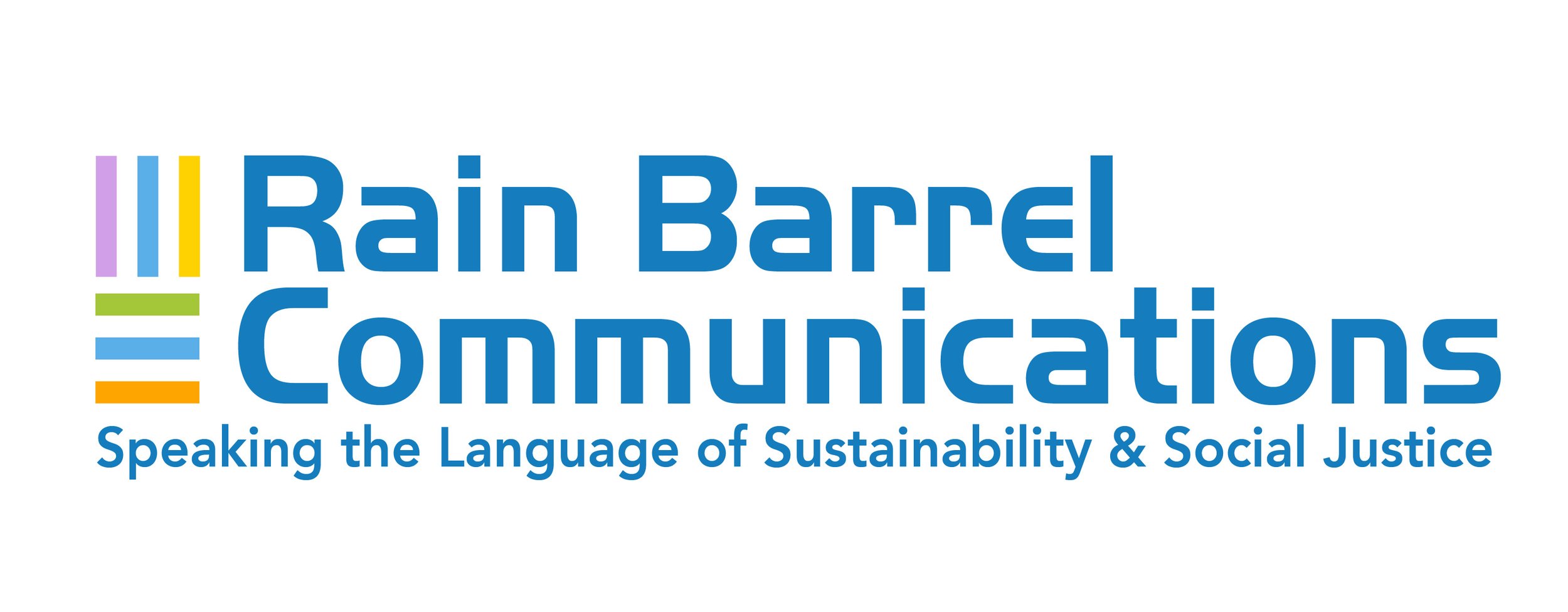Laotian Breastfeeding Campaign Highlights Key Role of Pre-Testing
By Nhi Tong
Breastfeeding and breastfeeding substitutes are receiving heightened attention in Laos, a country where stunting affects more than one-third of children under five. Addressing the problem, the government legislated the Marketing of Breastmilk Substitutes (BMS) Decree, which promotes breastfeeding and regulates the marketing of breastmilk substitutes. It was understood that a clear understanding and enforcement of the decree’s provisions among distributors and retailers are essential for families’ healthier infant feeding practices.
At the request of the Ministry of Health and UNICEF in Lao PDR, Rain Barrel Communications and Blue Grass Design Group, a Vientiane-based design consultancy, joined forces to develop and pre-test communications materials in support of the Decree.
As a young professional managing Rain Barrel’s social media and online communication platforms and entering the field of social and behavior change communication (SBCC), I had the opportunity to join this work as a team member.
While I have read about SBCC pretesting in theory, the project gave me my first exposure to the rigorous process. Within a short timeline, our team organized focus group discussions among a representative sample of retailers and distributors in four locations in both rural and urban areas. The focus groups were organized by gender to ensure representative expression of opinions in the Laos context.
I was impressed by a process that enabled organic and informal discussions in safe spaces. Participants were free to express their opinions about the draft messages and materials presented and tested (posters, social media posts, to radio and TV spots). Curiosity drove questions such as: What are the materials trying to say? What do you see? How do you feel? Do you like the colors? There were no wrong or right answers, only a note taker who quietly captured the responses.
Pre-testing was organized in four selected provinces in Laos. Photo credit: Blue Grass Design Group
In addition, the order in which we showed the materials made a big difference to the process and our ability to elicit honest opinions. In the case of the posters, only the images were shown first and accompanied by text later to evaluate participants’ understanding of the visuals. TV and radio spots, always shared at the end, were comparatively better understood because of the engaging and self-explanatory content. These findings contributed to our recommendation that the field inspectors (who were in charge of enforcing the Decree) could also play a role in providing information to the retailers and distributors, wherever possible, especially to complement poster materials.
The pretesting process encountered many challenges, from coordination with village chiefs to organization of pretesting, from gaining access to remote villages to casting for TV spots during COVID-19 apprehension. These challenges required that our team be quick, creative and flexible not only to execute the pre-testing, but also to incorporate the participants’ feedback into improved versions of the materials.
However, despite the many challenges, I saw firsthand why pretesting is an essential part of SBCC campaigns. Skipping this process can easily render the communication materials ineffective and even unacceptable to the participants, resulting in a waste of time, funding and expertise.
For example, pretesting helped us understand that the participants preferred visuals with less text and thus we adapted them accordingly. We also saw how the images, even though eye-catching and culturally acceptable, may be misunderstood, along with jargon and technical language that needed to be made more accessible. Thanks to the process, efforts to enhance awareness about the BMS Decree in Laos will now utilize a more effective and engaging set of messages and materials than would have been the case without pre-testing.
Most of all, I saw how pretesting must happen to truly honor the communication participants. It helped make the communication process a two-way street, where the materials were designed to engage retailers and distributors in wider social efforts to regulate the marketing of breast milk substitutes to families with infants and young children, who need breastfeeding to get the best possible start in life. It was a process of co-creation, which is one of the amazing characteristics of SBCC that drew me to the field in the first place.
I am proud to having been a part of the team working on this. I learned a lot and I am confident that our work has contributed to national efforts in Lao PDR to reduce the use of breast milk substitutes and increase the practice of exclusive breastfeeding of infants and young children for the first six months of life.







